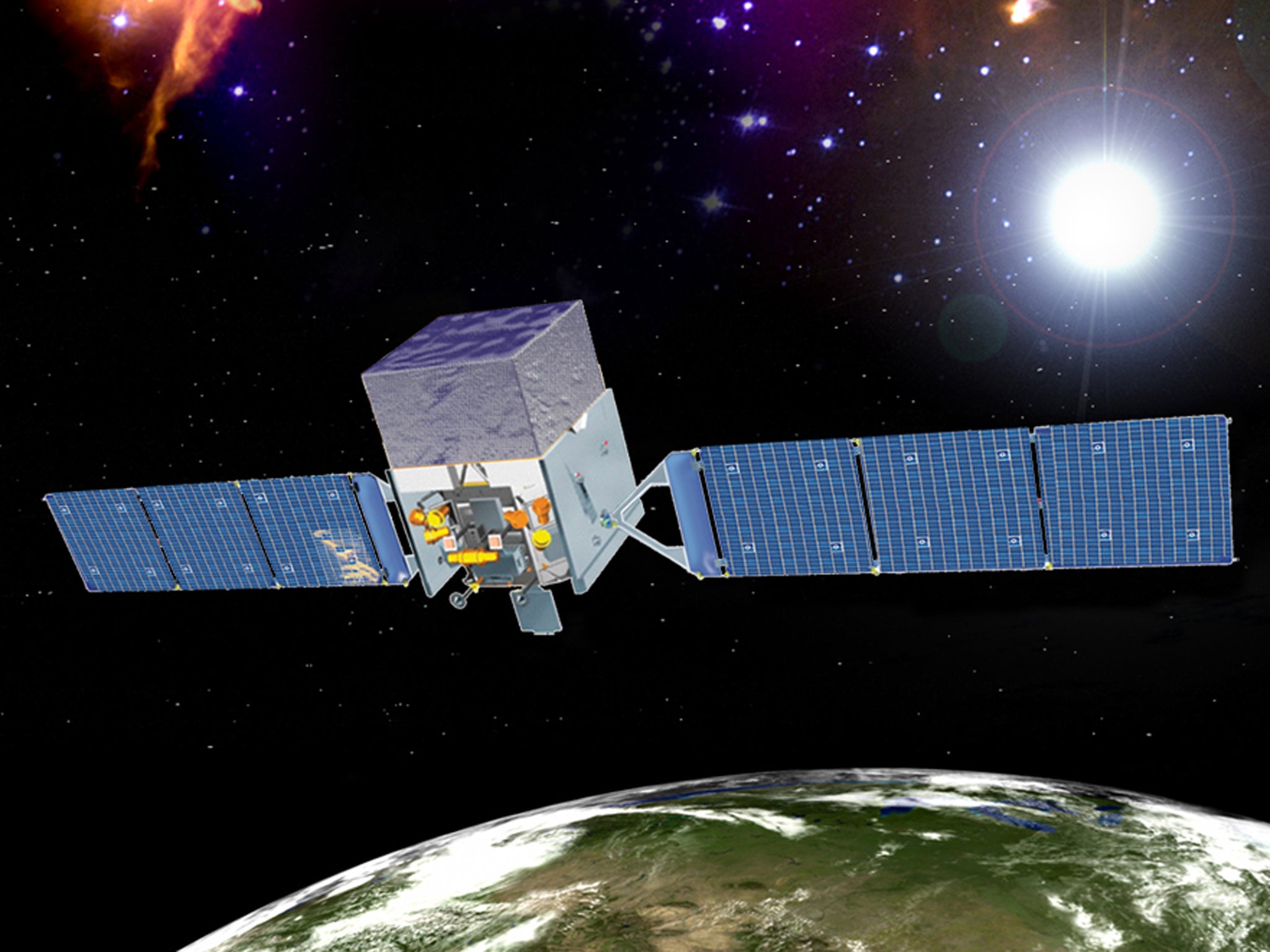Strange space signal could explain how matter rather than antimatter filled the universe
Lucky for us, matter rather than anti-matter won a battle at the beginning of the universe — but nobody really knows why

Strange signals detected by a Nasa space telescope could answer the question of why matter exists in the universe at all.
The Fermi space telescope has detected high-energy light that scientists claim could give clues to a magnetic field that existed very soon after the big bang. The exact nature of those gamma rays could be proof that there is more matter than anti-matter in the universe, as well as offering a clue to why it came about.
Scientists think that, after the big bang, the universe had as much anti-matter in it as it did matter. But now there is very little antimatter around — thankfully for humans, given everything around us is made of matter — but scientists aren’t sure how matter came to dominate the universe.
The new discovery hopes to answer the question of how so much matter was produced. To do so, scientists looked through data about gamma rays that are coming from very distant sources — like supermassive black holes deep in the universe — and tried to work out whether they showed evidence of being twisted up by the magnetic forces, which could be left from the beginning of the universe.
The gamma rays detected were twisted, and the left-handed twist indicates that the early universe was by its nature given to producing matter, the researchers said. Current models suggest that the mechanisms that gave mass to known particles predict left-handed fields, but that the interactions earlier on would have been right-handed.
The scientists still aren’t sure that what they found couldn’t be by chance. The researchers have said that there is 3-sigma uncertainty, or a 0.3 per cent chance that the results aren’t what they seem — but astrophysicists like to get to a 1 in 2-million level of certainty before they can hail anything as a discovery.
To get more sure, the scientists behind the study will keep looking through the data from the space telescope in an attempt to find more of the signal.
"I think the most important part is that we're seeing a suspicious signal in the data, and then the rest is kind of one step at a time," Tanmay Vachaspati, the scientist who has led the research, told Space.com. "We think the most likely candidate for why this is happening is the magnetic field. And then, if it is the magnetic field, then it seems most likely to me it's going to be this matter-antimatter asymmetry.
"But people have different ideas, so that part becomes more theoretical," he added. "The interesting thing is that there seems to be a signal."
Join our commenting forum
Join thought-provoking conversations, follow other Independent readers and see their replies
Comments
Bookmark popover
Removed from bookmarks